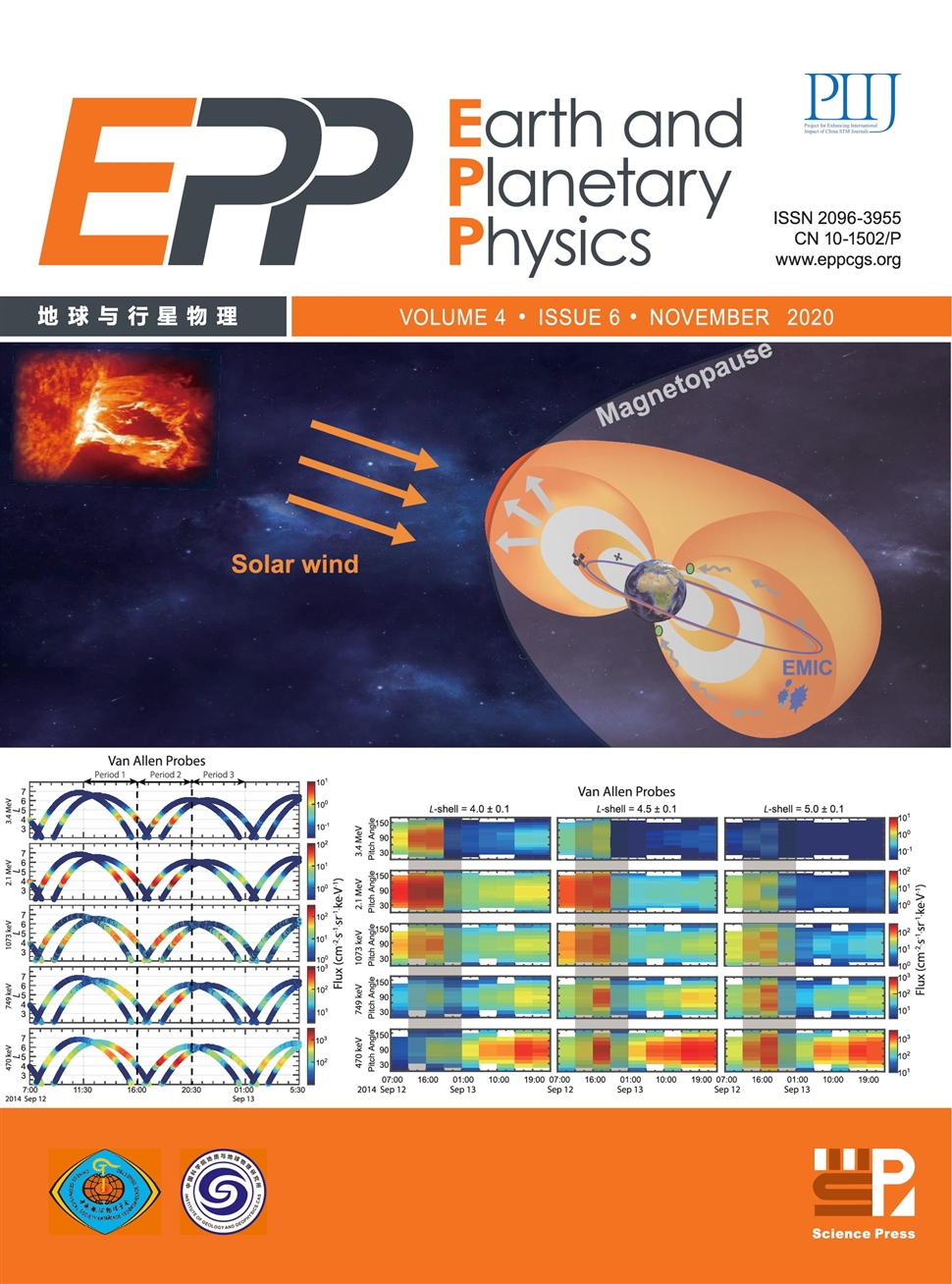Calibration of Mars Energetic Particle Analyzer (MEPA)
作者:ShuWen Tang,Yi Wang,HongYun Zhao,Fang Fang,Yi Qian,YongJie Zhang,HaiBo Yang,CunHui Li,Qiang Fu,Jie Kong,XiangYu Hu,Hong Su,ZhiYu Sun,YuHong Yu,BaoMing Zhang,Yu Sun,ZhiPeng Sun
摘要:The first Mars exploration mission of China(Tianwen-1)is scheduled to be launched in 2020;a charged particle telescope,the Mars Energetic Particle Analyzer(MEPA),is carried as one of the payloads on the orbiter.The MEPA is designed to measure solar energetic particles(SEPs)and galactic cosmic rays(GCRs)in the near-Mars space and in the transfer orbit from Earth to Mars.Before the launch,the MEPA was calibrated in ground experiments with radioactive sources,electronic pulses,and accelerator beams.The calibration parameters,such as energy conversion constants,threshold values for the triggers,and particle identification criteria,were determined and have been stored for onboard use.The validity of the calibration parameters has been verified with radioactive sources and beams.The calibration results indicate that the MEPA can measure charged particles reliably,as designed,and that it can satisfy the requirements of the Tianwen-1 mission.
发文机构:Institute of Modern Physics Science and Technology on Vacuum Technology and Physics Laboratory University of Chinese Academy of Sciences Key Laboratory of Lunar and Deep Space Exploration National Space Science Center
关键词:MARSTianwen-1MEPACALIBRATION
分类号: O57[理学—粒子物理与原子核物理]
- Inertial gravity waves observed by a Doppler wind LiDAR and their possible sources
- Anomaly distribution of ionospheric total electron content responses to some solar flares
- Editorial Committee of Earth and Planetary Physics
- Mars Ion and Neutral Particle Analyzer (MINPA) for Chinese Mars Exploration Mission (Tianwen-1): Design and ground calibration
- The source of tropospheric tides
- Morphology and possible origins of the Perm anomaly in the lowermost mantle of Earth
- Characteristics of the quasi-16-day wave in the mesosphere and lower thermosphere region as revealed by meteor radar,Aura satellite,and MERRA2 reanalysis data from 2008 to 2017
- An ICME impact on the Martian hydrogen corona
- Treatment of discontinuities inside Earth models:Effects on computed coseismic deformations
- Recent investigations of the near-Mars space environment by the planetary aeronomy and space physics community in China


